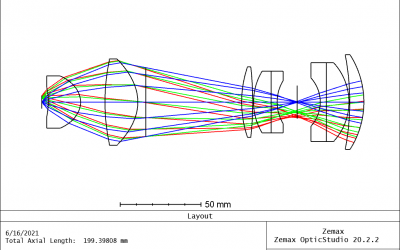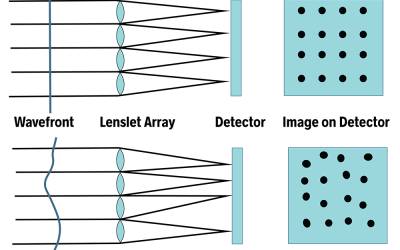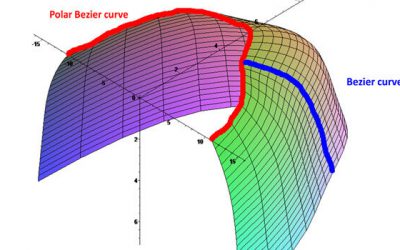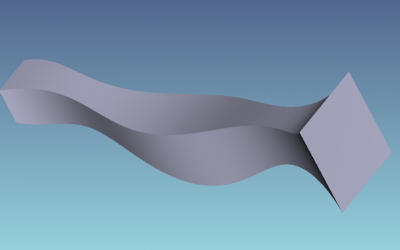Projection systems are one of the most common consumer optical devices (probably second to photographic systems). They allow us to view images on a screen (usually) by magnifying and projecting them at distances from a few centimeters to several meters away...
Zemax
Fisheye Lens Design
by Victor Argueta | FAQ, illumination, lens design consulting, optical design
Anyone who has peaked through a hotel room peephole has used a fish eye lens. Usually, the fish eye lens has a very short focal length (less than 15mm for a 35mm-size image sensor), but a large field of view (FOV). The latter can be as large as...
Understanding RMS Wavefront Error: An In-Depth Exploration | OFH
by Victor Argueta | optical design, optics, optics definitions, Zemax
Introduction to RMS Wavefront Error As mentioned in several articles in this blog, aberrations are of great relevance when designing an optical system. The objective being to design a system that creates a “good image”. However, there are different metrics to...
Benefits of Multiphysics Design
by Victor Argueta | mechanical design, optical design, opto-mechanical design, Zemax
Simulating any optical system in Zemax is a fundamental part of our optical design process. Among many reasons, we simulate in Zemax so we can evaluate the optical performance, whether in terms of aberrations for imaging systems or power efficiency for...
How Aspheric and Freeform lenses work
by Victor Argueta | lens design, OFH, optical design, Zemax
A key aspect of an optical product development is the creation of a quality optical system design optimized to reduce aberrations and system cost. In an attempt to reach a balance between cost and performance, optical designers have created lenses with different...
Benefits of Zemax’s Black Box Lenses
by Victor Argueta | lens design, optical design
When integrating off the shelf lenses into optical systems, it is essential to have full information about how a lens will perform with other elements in the system. When multiple component vendors ( ie electronics, mechanical, optical) are involved, data...
Expanding Zemax Capabilities with User Defined Objects
by AnatoliTrafimuk | illumination, optical engineering, Zemax
To assist with the computation of the paths of millions of light rays, optical engineers use specialized software to design and simulate optical systems. Zemax is the most popular optical design software and the one I prefer. It includes many built-in functions...









